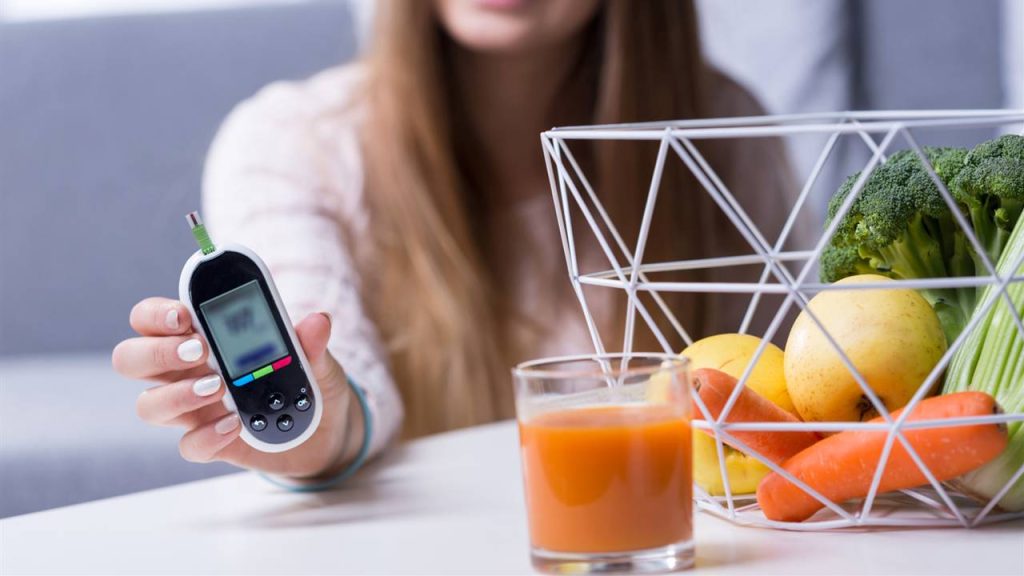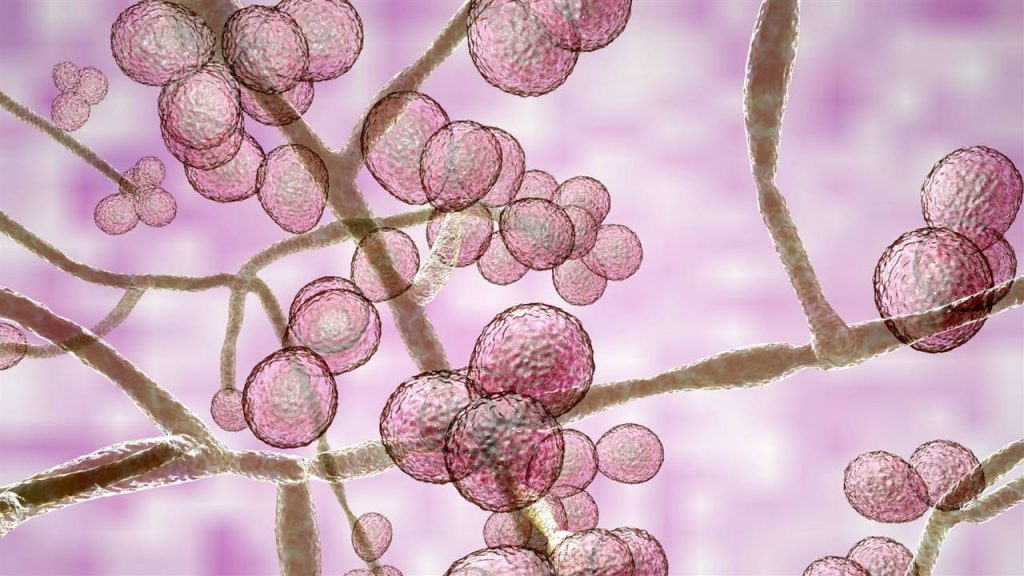Blood sugar levels that are too high can have negative health consequences. Find out what normal levels are fasting and after eating.

- What is blood sugar?
- How high is my blood sugar from?
- Consequences of too high or low blood sugar
Having blood sugar levels that are too high can have negative health consequences, such as diabetes, heart disease, kidney, vision or neurological problems. Similarly, a drop in sugar levels can lead to symptoms such as dizziness, palpitations, confusion and even loss of consciousness.
Therefore, it is advisable to keep blood sugar within certain limits both fasting and after eating, but do you know how high blood sugar is? Read on to find out.
WHAT IS BLOOD SUGAR?
Blood sugar (or blood sugar) is the amount in the blood of a type of sugar known as glucose, which is an important source of energy for the body.
- Blood glucose levels are regulated by several hormones produced by the pancreas, mainly insulin.
Glucose comes mainly from carbohydrates in the foods and drinks we eat. By eating foods with carbohydrates (bread, rice, fruit, sweets …) our body breaks them down into glucose that it releases into the blood. Insulin helps this glucose to be distributed to all the cells of our body to use as energy or to the liver and muscles to store it as glycogen so that it can be used later.
HOW HIGH IS MY BLOOD SUGAR FROM?
The glucose value above which it is considered to be elevated in the blood differs depending on whether the measurement is performed on an empty stomach or after eating.
- From how high fasting blood sugar is. After not eating for at least 8 hours, normal adult blood sugar is 70 to 99 mg/dL. Fasting blood sugar is considered high (hyperglycemia) when it is above 126 mg/dl. To confirm the measurements, two tests are usually done. A fasting blood sugar level between 100 and 125 mg/dl is considered prediabetes, meaning it indicates an increased risk of diabetes in the future.
- After high blood sugar after eating, blood sugar in adults can temporarily rise to about 140 mg/dl. A high blood sugar level after eating is considered high if it exceeds 200 mg/dl.
HOW HIGH IS MY BLOOD SUGAR FROM?
The glucose value above which it is considered to be elevated in the blood differs depending on whether the measurement is performed on an empty stomach or after eating.
- From how high fasting blood sugar is. After not eating for at least 8 hours, normal adult blood sugar is 70 to 99 mg/dL. Fasting blood sugar is considered high (hyperglycemia) when it is above 126 mg/dl. To confirm the measurements, two tests are usually done. A fasting blood sugar level between 100 and 125 mg/dl is considered prediabetes, meaning it indicates an increased risk of diabetes in the future.
- After high blood sugar after eating, blood sugar in adults can temporarily rise to about 140 mg/dl. A high blood sugar level after eating is considered high if it exceeds 200 mg/dl.
High blood sugar levels for a long time (chronic hypoglycemia) can be a sign of prediabetes or early diabetes and cause:
- Kidney damage and increase the risk of chronic kidney disease.
- Heart disease, such as coronary artery disease, heart attack, or stroke.
- Nerve damage that can lead to peripheral neuropathy, a disease that causes muscle pain, numbness, and weakness.
- Vision problems. High blood sugar levels can affect the small blood vessels in the eyes and increase the risk of blindness.
- Increased risk of infections, as it weakens the immune system.
In addition, in people with diabetes, long-term hyperglycemia can cause life-threatening complications that require immediate attention such as diabetic ketoacidosis (especially in people with type 1 diabetes) or hyperglycemic hyperosmolar coma (type 2 diabetes).
On the other hand, too much physical activity, skipping a meal, drinking too much alcohol, using certain medications, or overdosing on insulin or other diabetes medications can cause blood sugar levels to fall below 70 mg/dl (hypoglycemia). Symptoms of hypoglycemia may include tremors, sweating, dizziness, blurred vision, confusion, irritability, weakness, headache, palpitations, seizures and, in severe cases, coma.





